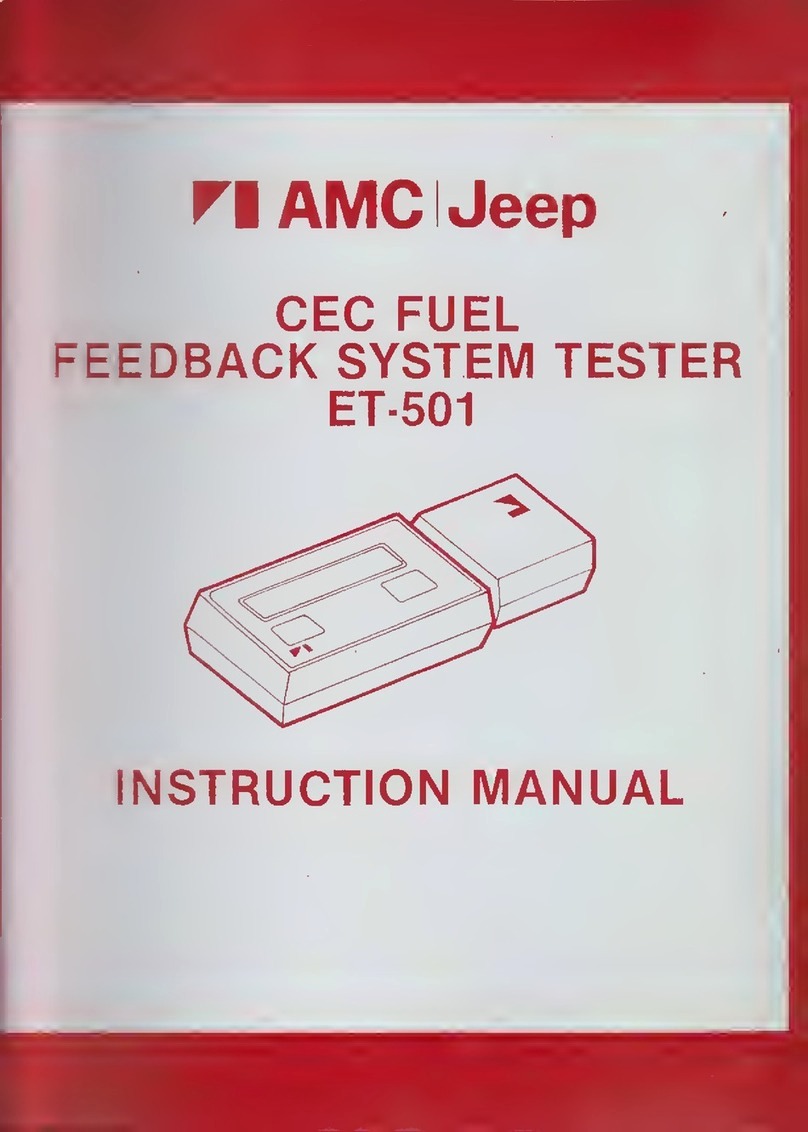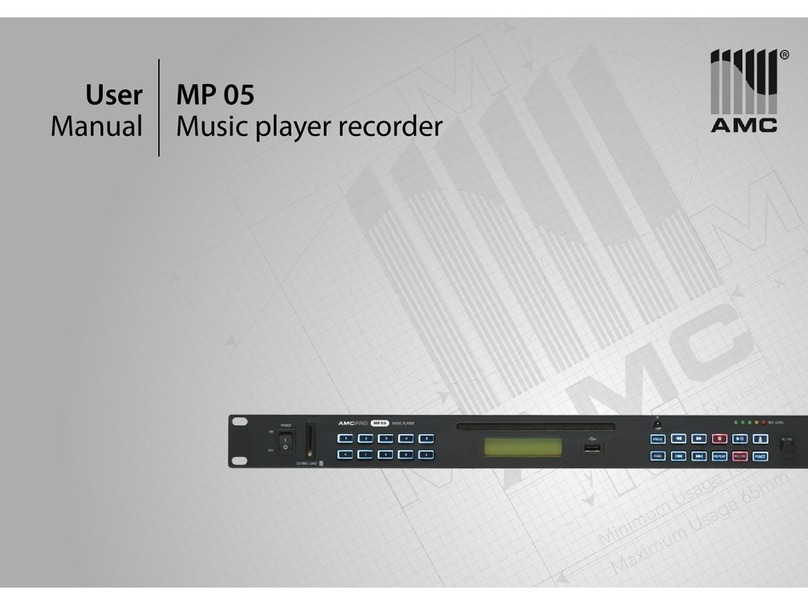
AMC-1ACOs One Channel CO Monitor with DSI
i
TABLE OF CONTENTS
Section Title Page
1GENERAL INFORMATION...................................................................................................1
1.1 WARRANTY ...................................................................................................................1
1.2 LIABILITY .......................................................................................................................1
1.3 PRODUCT RETURN......................................................................................................1
1.4 CONTACT INFORMATION ............................................................................................2
1.5 MODIFICATIONS AND SUBSTITUTIONS.....................................................................2
1.6 GLOSSARY....................................................................................................................3
2PRODUCT INFORMATION...................................................................................................4
3PRODUCT DESCRIPTION ...................................................................................................5
3.1 GENERAL DESCRIPTION.............................................................................................5
3.1.1 MONITOR FEATURES ...........................................................................................5
4INSTALLATION ....................................................................................................................8
4.1 MOUNTING INSTRUCTIONS ........................................................................................8
4.1.1 MONITOR MOUNTING...........................................................................................8
4.2 WIRING ..........................................................................................................................9
4.2.1 MONITOR WIRING .................................................................................................9
4.2.2 CABLE SELECTION .............................................................................................11
4.2.3 DSI WIRING ..........................................................................................................11
On-Board Sensor Connection............................................................................12
Building Automation Wiring................................................................................12
VFD Wiring ........................................................................................................14
5OPERATION AND CALIBRATION.....................................................................................15
5.1 OPERATION ................................................................................................................15
5.1.1 DIP SWITCH PROGRAMMING ............................................................................15
5.1.2 ALARM RELAY PROGRAMMING ........................................................................17
5.1.3 AUDIO ALARMS ...................................................................................................17
5.1.4 GAS MONITOR INTERFACE CONFIGURATION ................................................18
5.1.5 DSI INTERFACE CONFIGURATION....................................................................19
5.1.6 POWER-ON DELAY .............................................................................................21
5.1.7 TEST SWITCH FUNCTION ..................................................................................21
5.1.8 ACKNOWLEDGE FUNCTION ..............................................................................21
5.1.9 ALARM/WARNING RELAY ACTIVATION DELAYS .............................................21
5.1.10 RELAY OUTPUTS ................................................................................................21
5.2 CALIBRATION..............................................................................................................22
5.2.1 TRIP THRESHOLD ADJUSTMENT......................................................................22
Equipment Required ..........................................................................................23
Trip Threshold Adjustment.................................................................................23
5.2.2 AMC-DSI CALIBRATION ......................................................................................24
On Site Calibration Equipment Required...........................................................26
Calibration Procedure ........................................................................................26
5.2.2.2.1 On Board Sensors ......................................................................................26
5.2.2.2.2 VFD Calibration ..........................................................................................27
Recalibration........................................................Error! Bookmark not defined.
6PREVENTIVE MAINTENANCE ..........................................................................................28
6.1 GENERAL ....................................................................................................................28
6.2 VERIFICATION OF OPERATION ................................................................................28
6.3 SENSOR REPLACEMENT ..........................................................................................28































